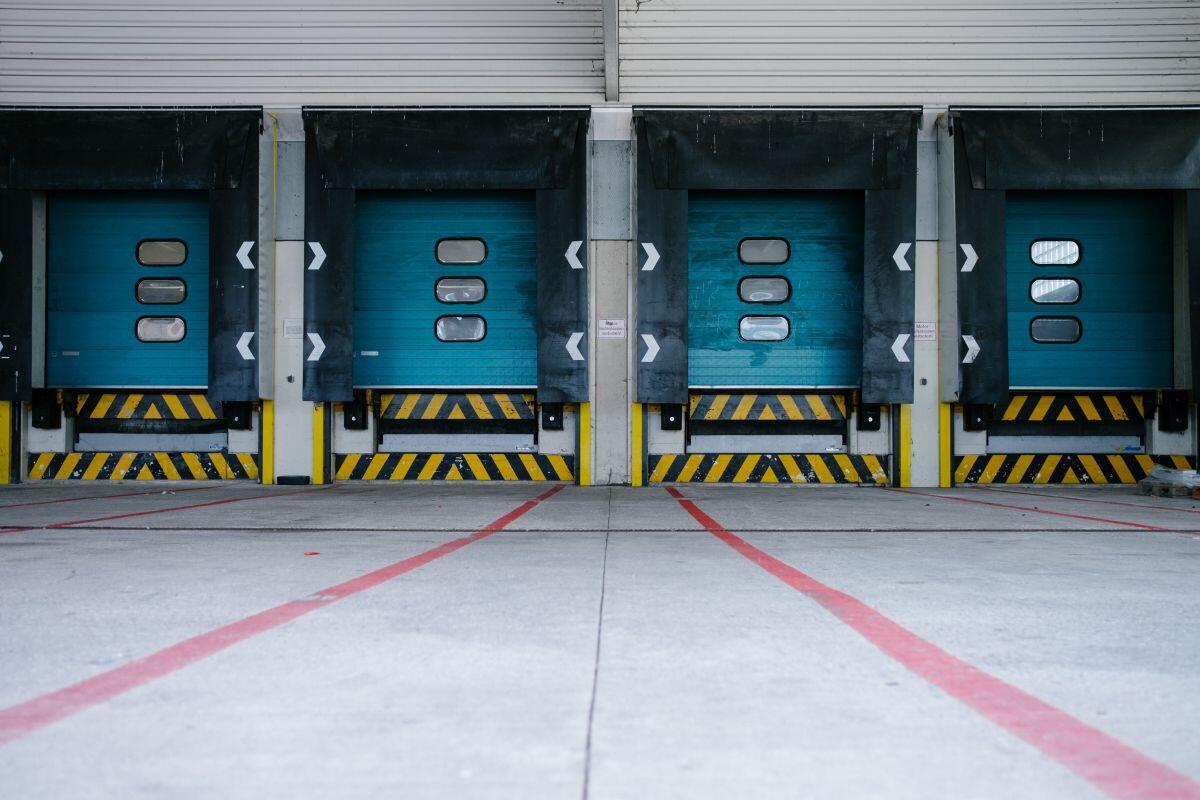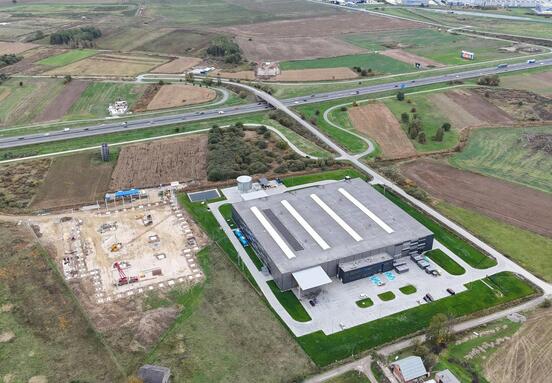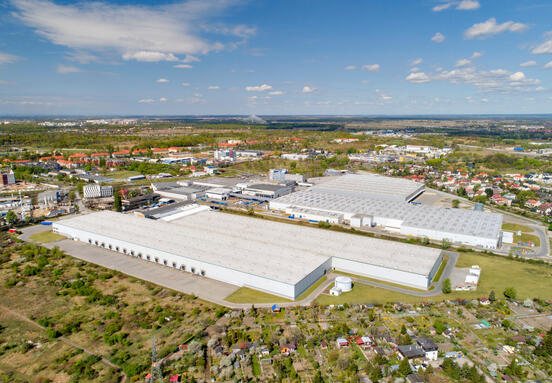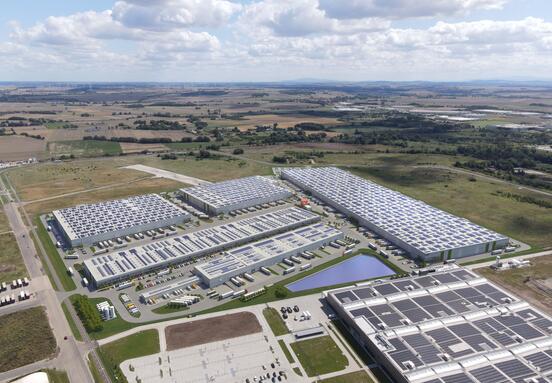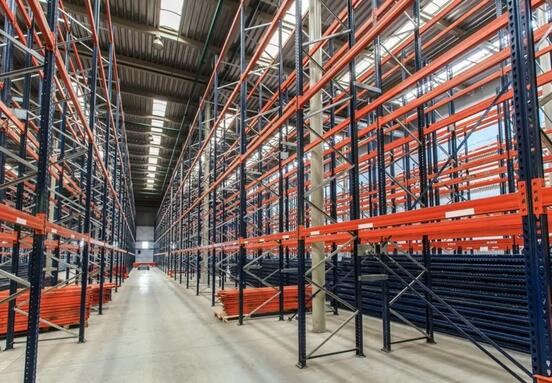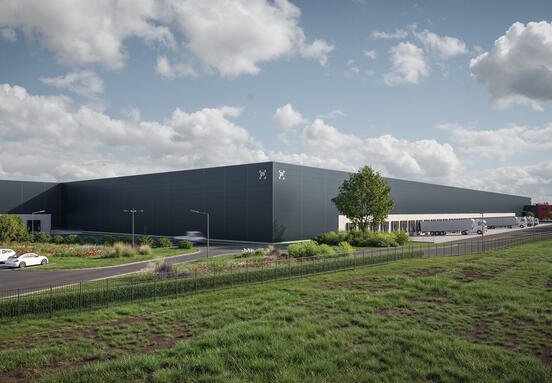CBRE experts point out that the sector is rushing, but higher costs will translate into falling new supply, which will grow at a slower pace. It will also be more expensive. Rising prices of materials translate into rents, which, depending on the market, increased by 5-15%. during the year and this probably is not the end of the increases.
Warehouses thrive despite the harsh environment. The pandemic did not stop this pace, and so will the war in Ukraine. However, these factors cause several global problems. The most important are, among others collapse of supply chains or limited availability of raw materials and goods. We will see the consequences of these phenomena clearly in our region of Central and Eastern Europe, including Poland. Both demand, supply and investments will be affected - forecasts Beata Hryniewska, head of the Warehouse and Industrial Agency at CBRE.
From the point of view of new facilities, rising construction costs are of key importance. Only in 2021 they increased by over 20%, and this year it will be worse due to the limited availability of raw materials imported from Ukraine and Russia. This will ultimately result in the extension of the construction time of a single warehouse. Construction projects that started before the invasion will continue to secure the materials, but there may be a problem with starting new investments. This creates a risk of a supply gap. Especially since the vacancy rate in the first quarter of 2022 was historically low and amounted to 3.4%.
The rise in construction costs goes hand in hand with rising inflation, which also includes energy prices. This will conquer the energy-saving trend in the warehouse sector. The attitude towards eco is visible both on the side of tenants and developers. The former increasingly take ESG-related issues into account when choosing the right building. On the other hand, developers, wanting to stand out from their competitors, focus on sustainable solutions that increase the attractiveness of the building.
Demand for warehouses in the first quarter of 2022 remained high and amounted to 1.5 million sq m, similar to the year before. This state of affairs will continue in the coming months, among others due to the possible relocation of companies from Ukraine or the still strong dynamics of e-commerce. Online sales in Poland are growing - customers who started buying in this way in the pandemic have maintained this habit, which drives the development of the infrastructure necessary to efficiently handle the growing number of orders. It is, among others, o distribution warehouses or warehouses for returns.
The new wave of Covid-19 in China causes further disruptions in production and logistics - the ordered goods will be delivered to Poland and Europe with a delay. Companies will want to increase inventories in warehouses to protect themselves against further disruptions in supply chains, thus driving the demand for space - comments Beata Hryniewska.
The growing costs of materials translate into rents, which were stable until the third quarter of last year. Later, the market shuddered. Contractual rents, depending on the market, soared up by 5-15%. over the past year, and that probably isn't the end. In Warsaw, rents increased by 15%, in Łódź and Katowice by 8%, and in Gdańsk by 7%. It is worth emphasizing that rental levels in Poland have long been lower than in Western Europe and most Central European countries, and therefore, despite the growth, they will remain competitive. However, the PLN / EUR exchange rate is unstable and rents are invoiced in EUR and payable in PLN, which may have a negative impact on tenants.
Industrial and logistics assets are seen as a strong investment product, which has been proven especially in times of pandemic. In 2021, the total value of investments amounted to EUR 5.71 billion, and it was made up of a record number of 164 transactions. More than half of the total amount was related to the warehouse market. Most investors came from Europe, and the value of Polish capital was 4 percent. Importantly, there have been no significant capital flows from Russia, Ukraine and Belarus in industrial and warehouse investments in recent years. This means that the outflow of these investments will not significantly affect the overall result. Investors will continue to be interested in warehouses, although temporarily, due to the war on the territory of Ukraine, caution and anticipation of the development of the situation prevail.
